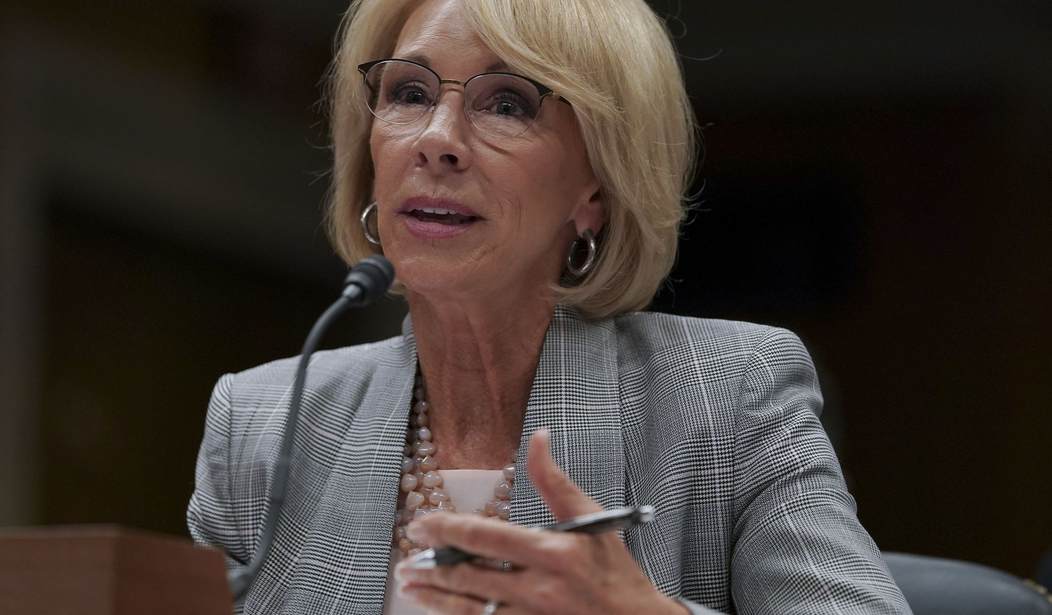The long proffered claim that Allegheny County’s poorer performing public school districts would deliver better academic results if only they had more funding is laid bare in a new analysis by the Allegheny Institute for Public Policy.
“The findings show once again that arguments about inequitable and inadequate funding are largely a diversionary tactic to avoid discussing real solutions to address grossly deficient academic achievement,” says Jake Haulk, president of the Pittsburgh think tank (in Policy Brief Vol. 18, No. 26).
Pennsylvania has 500 school districts. Factoring in charter schools and occupation training centers, it has (as of the 2016-17 school year), 593 “local education agencies (LEAs)."
Allegheny County has 43 school districts, not including charter schools. They run the gamut of having some of Pennsylvania’s top-ranking academic achievement to some of its worst.
To wit, the Duquesne and Wilkinsburg districts ranked 586th and 563rd, respectively, landing in the commonwealth’s bottom 5 percent. In addition to those districts, seven others fell in the lowest 20 percent of the state’s academic performers. Those were Clairton (555); McKeesport (534); Penn Hills (522); Pittsburgh (477); Cornell (480); Highlands (478) and Steel Valley (474).
But then there are plenty of Allegheny County districts performing quite well academically, led by South Fayette and Mt. Lebanon, ranked third and fourth in the state, respectively, placing them in the top one percent. Five more districts – Pine Richland (6); Upper St. Clair (8); Fox Chapel (12); Hampton (14) and North Allegheny (17) fall in the top five percent of all districts.
Recommended
Just as impressive, 17 other county school districts are in the commonwealth’s top 20 percent academically.
Put another way, 16 percent of Allegheny County’s school districts are in the state’s top five percent while 40 percent of its districts are in the top 20 percent.
But based on state Department of Education numbers, Haulk, a Ph.D. economist, found that many of the worst-performing districts spend more per pupil than the county’s top performers.
“South Fayette and Mt. Lebanon had per student spending of $13,511 and $14,977, respectively, in the 2016-17 school year,” the Allegheny Institute scholars says, reminding that the state average was $16,447.
But, “Spending for the two districts in the bottom five percent was $19,982 at Duquesne and $25,016 for Wilkinsburg,” he says.
Other per-pupil spending by other poorly performing Allegheny County school districts included $16,722 for Clairton, $17,280 for Penn Hills and $22,282 for Pittsburgh Public Schools.
“The seven districts ranked in the bottom 20 percent of LEAs spent an average of $18,728,” Haulk says, “with two districts over $20,000 and two more over $19,000.” Only McKeesport and Highlands were well below state average spending.
“It should be clear by this point that the very worst-performing districts are not being shortchanged for resources,” Haulk stresses. “And it is also clear that all but one of the seven very best performing and top-ranked districts spent less than the state average and far less than the average for the weakest-performing and lowest-ranked districts.”
Thus, the oft-repeated and -vociferous claim that a lack of financial resources is the basis for poor quality education among Allegheny County school districts is a herring most red.
Noting that “it is time for some honesty,” Haulk says those worried about poor performing schools should look for other causes.
“That is if they are truly concerned about educational achievement and not just diverting attention away from the utter failures to correct massive problems that have nothing to do with school funding.”
























Join the conversation as a VIP Member